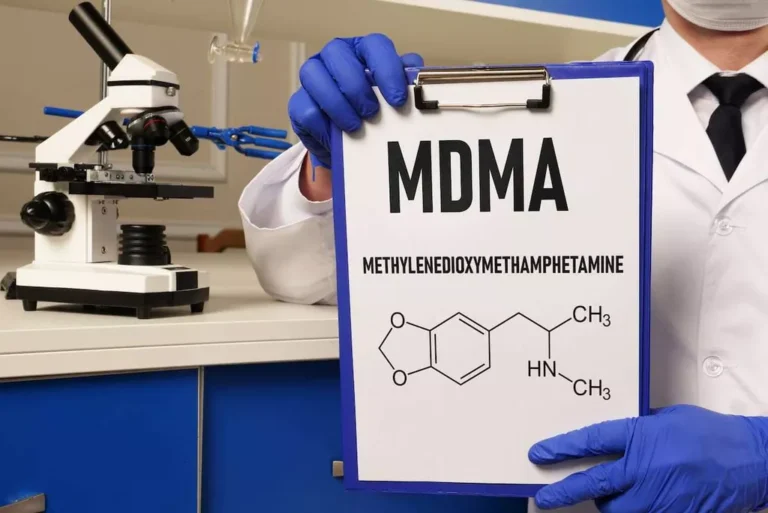Recovery After Rehab: Moderation or Abstinence?

Like the Sobells, Marlatt showed that reductions in drinking and harm were achievable in nonabstinence treatments (Marlatt & Witkiewitz, 2002). In the 1970s, the pioneering work of a small number of alcohol researchers began to challenge the existing abstinence-based paradigm in AUD treatment research. They found that their controlled drinking intervention produced significantly better outcomes compared to usual treatment, and that about a quarter of the individuals in this condition maintained controlled drinking for one year post treatment (Sobell & Sobell, 1973). AA was established in 1935 as a nonprofessional mutual aid group for people who desire abstinence from alcohol, and its 12 Steps became integrated in SUD treatment programs in the 1940s and 1950s with the emergence of the Minnesota Model of treatment (White & Kurtz, 2008).
Risk of bias within included studies
- Unfortunately, few quantitative, survey-based studies have included substance use during treatment as a potential reason for treatment noncompletion, representing a significant gap in this body of literature (for a review, see Brorson, Ajo Arnevik, Rand-Hendriksen, & Duckert, 2013).
- Moderation techniques such as pacing yourself, choosing lower-alcohol options, or having alcohol-free days can be practical tools in this journey.
- Moderation can open a window for you to defuse the emotional challenges that create the craving for relief that alcohol provides.
- Rychtarik et al. found that treatment aimed at abstinence or controlled drinking was not related to patients’ ultimate remission type.
The current study replicated and extended recent work (Kline-Simon et al., 2013; Witkiewitz, Roos, et al., 2017) by showing that low risk drinking is achievable by a subset of patients and that low risk drinkers and abstainers do not differ on a wide variety of outcomes at three years following treatment. This is important given that individuals in the low risk and abstainer classes did have some occasions of heavy drinking during treatment but had significantly better outcomes than those individuals with more occasions of heavy drinking. Repeated measures latent class analysis (RMLCA; Collins & Lanza, 2009) was used to identify patterns of drinking across 12 weeks of treatment, as described elsewhere (Witkiewitz, Roos, et al., 2017). RMLCA is a latent variable mixture model in which the indicators of the latent class are repeated measures.
2 Quality of life and recovery from AUD
There were no persistent disturbances suggestive of psychosis or hallucinogen persisting perception disorder. Effects of treatment on problems related to drinking were compared using univariate mixed models for repeated measures and generalized linear models. Hedges g was computed as a measure of effect size for between- and within-group differences on continuous outcomes, and odds ratios were computed for dichotomous outcomes.
Is Controlled Drinking Possible for Alcoholics?
Given the abstinence focus of many SUD treatment centers, studies may need to recruit using community outreach, which can yield fewer participants compared to recruiting from treatment (Jaffee et al., 2009). However, this approach is consistent with the goal of increasing treatment utilization by reaching those who may not otherwise present to treatment. Alternatively, researchers https://ecosoberhouse.com/article/writing-a-goodbye-letter-to-alcohol/ who conduct trials in community-based treatment centers will need to obtain buy-in to test nonabstinence approaches, which may necessitate waiving facility policies regarding drug use during treatment – a significant hurdle. In addition to issues with administrative discharge, abstinence-only treatment may contribute to high rates of individuals not completing SUD treatment.

- In the 1980s and 1990s, the HIV/AIDS epidemic prompted recognition of the role of drug use in disease transmission, generating new urgency around the adoption of a public health-focused approach to researching and treating drug use problems (Sobell & Sobell, 1995).
- For example, Bandura, who developed Social Cognitive Theory, posited that perceived choice is key to goal adherence, and that individuals may feel less motivation when goals are imposed by others (Bandura, 1986).
- The harm reduction movement, and the wider shift toward addressing public health impacts of drug use, had both specific and diffuse effects on SUD treatment research.
- Whether you’re considering moderation or complete abstinence, this article will provide information about how to begin an Alcohol Moderation Management (AMM), its effectiveness, potential drawbacks, and its applicability to people dealing with alcoholism.
Thus relying on DSM criteria to define a sample of individuals in recovery mayunintentionally exclude individuals who are engaging in non-abstinent or harm reductiontechniques and making positive changes in their lives. Thus, while it is vital to empirically test nonabstinence treatments, implementation research examining strategies to obtain buy-in from agency leadership may be just as impactful. It is important to highlight that most of the studies cited above did controlled drinking vs abstinence not provide goal-matched treatment; thus, these outcomes generally reflect differences between individuals with abstinence vs. non-abstinence goals who participated in abstinence-based AUD treatment. In the 1980s and 1990s, the HIV/AIDS epidemic prompted recognition of the role of drug use in disease transmission, generating new urgency around the adoption of a public health-focused approach to researching and treating drug use problems (Sobell & Sobell, 1995).
Current Study



